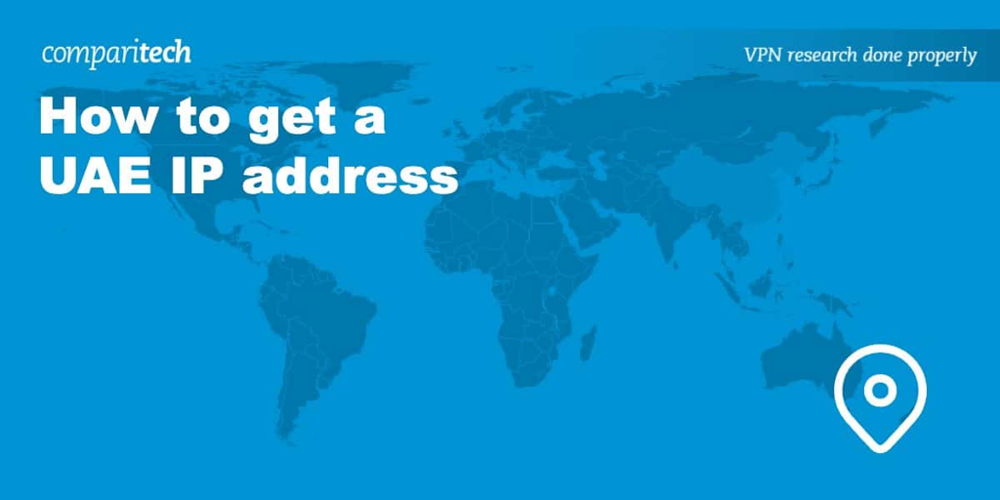Cloud-Based Reconciliation Software Adoption Surges as Enterprises Replace Manual Spreadsheet-Driven Workflows

The global reconciliation software market, valued at USD 2.44 billion in 2024 and expanding at a CAGR of 13.7% between 2025 and 2034, is undergoing a transformative period shaped by intensifying regulatory scrutiny, rapid digitalization across banking ecosystems, and expanding cross-border financial flows. As enterprises and financial institutions increase automation to manage complex transaction volumes, regional manufacturing trends in fintech infrastructure, evolving data-governance regimes, and cloud adoption policies are redefining how reconciliation platforms are deployed across North America, Europe, and Asia Pacific. The interplay of compliance requirements, market penetration strategies, cybersecurity enforcement, and analytics-driven oversight is positioning reconciliation software as a critical enabler of financial transparency and operational resilience.
North America continues to command a substantial portion of global demand, with the U.S. shaping growth through its stringent audit, reporting, and cybersecurity frameworks administered by regulatory bodies such as the SEC, OCC, and CFPB. These frameworks mandate precise recordkeeping, risk controls, and automated exception handling—requirements that fuel enterprise investment in automated reconciliation platforms. As digital payments accelerate under the Federal Reserve’s real-time settlement initiatives, U.S. financial institutions increasingly rely on high-speed matching engines and machine learning-supported exception management to maintain compliance. Canada’s market aligns with this trajectory, supported by regulatory modernization under OSFI and the Payments Canada Real-Time Rail program, which encourages automation throughout the clearing and settlement ecosystem. These regional developments reinforce the importance of platform scalability, integration with core banking systems, and sustained investment in digital workflow modernization.
Europe exhibits highly structured adoption patterns influenced by regulatory directives such as PSD2, GDPR, EMIR, and the European Banking Authority’s risk-management guidelines. These regulations emphasize transparency, data protection, and strong operational risk frameworks, leading enterprises to prioritize reconciliation systems with embedded audit trails, standardized data capture, and robust anomaly detection capabilities. As European firms participate in increasingly integrated cross-border supply chains and distributed financial operations, the need for seamless reconciliation across geographies has intensified. Moreover, the region’s embrace of cloud-first strategies under the European Commission’s Digital Finance initiatives has accelerated the transition from legacy systems to unified reconciliation platforms capable of supporting real-time transaction visibility, enhanced data control, and secure multi-entity consolidation.
Asia Pacific is rapidly emerging as one of the fastest-advancing regions due to escalating fintech adoption, the digital payments boom, and rising compliance modernization across markets such as Singapore, Australia, India, and Japan. Monetary authorities—including MAS, RBI, AUSTRAC, and the Japanese FSA—have issued detailed compliance requirements surrounding transaction monitoring, audit transparency, and automated reporting. These requirements directly influence procurement decisions among financial institutions and large enterprises. Asia Pacific’s growth is further driven by expanding cross-border supply chains, multinational accounting operations, and increasing digital trade across ASEAN economies. As organizations scale transaction volumes through e-commerce, global procurement ecosystems, and real-time payment networks, reconciliation automation becomes foundational to risk mitigation and operational efficiency.
Read More @ https://www.polarismarketresearch.com/industry-analysis/reconciliation-software-market
Driving overall global expansion are factors such as accelerating transaction digitization, increased adoption of cloud-based financial systems, integration of AI for dynamic exception analysis, and the push for enhanced compliance oversight. Enterprises across manufacturing, BFSI, retail, energy, logistics, and telecommunications are modernizing internal controls due to heightened regulatory visibility and the need to safeguard financial accuracy. Automated reconciliation eliminates manual dependencies, reduces financial leakage, and supports audit readiness—capabilities reinforced by regulatory encouragement of digital transformation across key markets.
However, several restraints continue to shape regional performance. Legacy integration challenges remain particularly strong in North America and parts of Europe, where many financial institutions and enterprises still operate fragmented, aging systems. Additionally, variations in data-protection laws between regions—such as GDPR in Europe, CCPA in California, and the Personal Data Protection Act in Singapore—require vendors to offer region-specific data-sovereignty capabilities, adding complexity and cost. The shortage of skilled financial automation specialists in emerging markets also slows enterprise adoption timelines.
Despite these constraints, opportunities across regions remain far-reaching. Cloud-native reconciliation, AI-powered exception workflows, and unified financial-close platforms present significant expansion paths. In Europe and Asia Pacific, new compliance standards for real-time payments and open banking are creating incentives for modernization, while North America’s financial institutions increasingly adopt machine learning for predictive exception resolution and fraud detection. Global enterprises are also seeking reconciliation tools that support multiple currencies, decentralized operations, and compliance frameworks across multiple regulatory jurisdictions.
Prominent trends include the rise of digital audit ecosystems, AI-supported anomaly detection, the integration of reconciliation engines with ERP and treasury systems, and the use of automation to enhance cross-border financial visibility. Additionally, new data-standardization initiatives in banking and enterprise software are improving interoperability and reducing reconciliation delays. As global financial flows expand, reconciliation software is transitioning from a back-office necessity to a strategic enabler of financial governance.
Top Market Players:
• Oracle
• Fiserv
• FIS
• SAP
• Broadridge Financial Solutions
More Trending Latest Reports By Polaris Market Research:
India Aerospace & Defense Chemical Surface Treatment Market
Cloud Security Posture Management Market
Singapore, Malaysia, and China Corporate Secretarial Services Market
North America and Europe Open RAN Market





